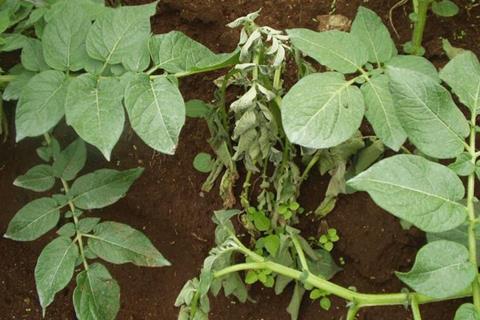
Two research groups have employed AI to understand how crop plants could be helped to recognise and defend against a wider range of bacterial threats. The teams, one lead by Gitta Coaker at the University of California, Davis, the other by Cyril Zipfel at the University of Zurich, used a combination of protein-prediction AI AlphaFold and natural variation to expand crop plants’ recognition of bacterial invaders.1,2
One of the biggest problems farmers have to deal with is disease. Each year, diseases like bacterial wilt and crown gall disease cause the loss of 13–30% of crops. The soil-borne pathogens responsible for these diseases enter the plants through their roots and any open wounds.
Typical strategies to deal with them include chemical control and crop rotation to limit their spread. However, bacteria are difficult to target as they can quickly become resistant to chemical treatments. This is due in large part to their high genetic diversity, meaning they are constantly evolving to outwit the chemical agents used to kill them. For this reason, teams like Coaker’s and Zipfel’s are focusing on increasing staple crops’ genetic diversity, giving them a chance to keep up in this evolutionary game of cat and mouse.
The two teams focused on the immune receptor FLS2, a complex found in the plasma membrane of a plant’s cells. It can detect flagellin (flg22), the structural protein that forms the tail that bacteria use to propel themselves with. One end of the flg22 protein binds to FLS2, which in turn recruits the co-factor BAK1. This three-protein complex triggers a phosphorylation signalling cascade that initiates the plant’s immune response. It’s these two binding events that the teams targeted.
To decide what changes needed to be made at the binding sites, the teams first looked at the binding behaviour in the FLS2–flg22–BAK1 complex in non-crop plants that were known to be immune to pathogens such as wild grapevine. ‘Wild plant species have more genetic diversity than [the agricultural species] we would eat because humans have bred them over hundreds of thousands of years to have very specific characteristics,’ Coaker explains. ‘And so, in many cases, they then lose the ability to recognise particular pathogens.’
The two teams want to restore this immunity in crops. Using AlphaFold3, the teams compared the binding interactions of the FLS2–flg22–BAK1 complex in both the target crop species and the wild species. In doing so, they were able to identify the areas where the sequence of amino acids was different and responsible for conferring the broader immune response onto the wild species. These models should provide valuable guidelines for future precision engineering of immune receptors that can be used to build stronger, more disease-resistant crops.
While this marks a revolutionary step in agricultural science, scientists like Jeff Dangl at the University of North Carolina, Chapel Hill caution this is not a permanent fix. ‘Immunologists the world over say there’s no magic bullets … these are co-evolving systems. Unless you can find a ligand that cannot mutate, the ligand will mutate,’ he notes. This means that if this immune system could be engineered into crop plants, every so often new receptors would have to be created to keep up with bacteria as they evolve.
In the meantime, both Zipfel and Coaker’s labs are working to bring these immune system enhancements to crops. Coaker’s lab is looking to use gene editing to reactivate this immune response and are also working to try and naturally breed in this resistance. The teams are also focusing on streamlining the process, with Zipfel’s study suggesting that the same effect can be achieved with fewer base pair changes.
References
1 T Li et al, Nat. Plants, 2025, 11, 1628 (DOI: 10.1038/s41477-025-02049-y)
2 S Zhang et al, Nat. Plants, 2025, 11, 1642 (DOI: 10.1038/s41477-025-02050-5)





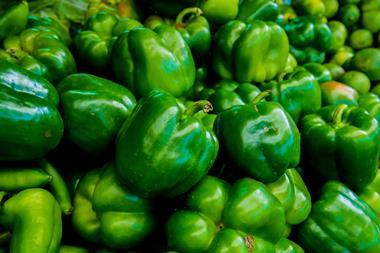
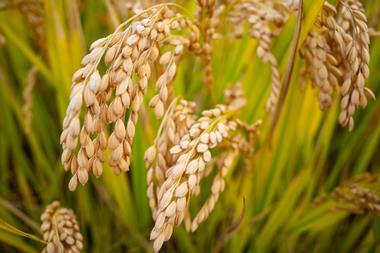
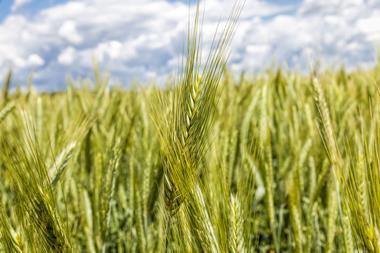
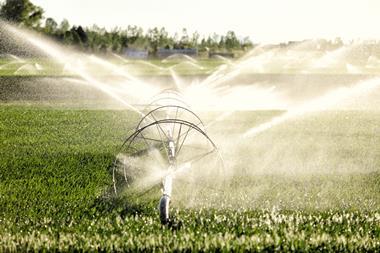
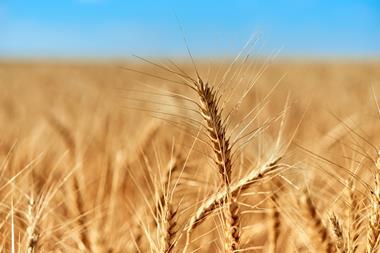




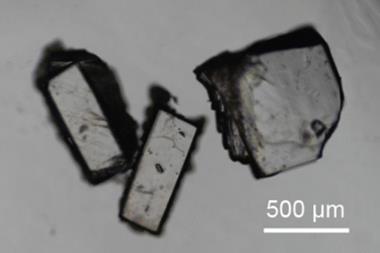
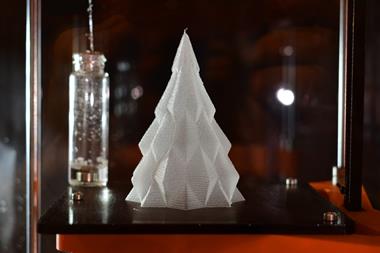

No comments yet